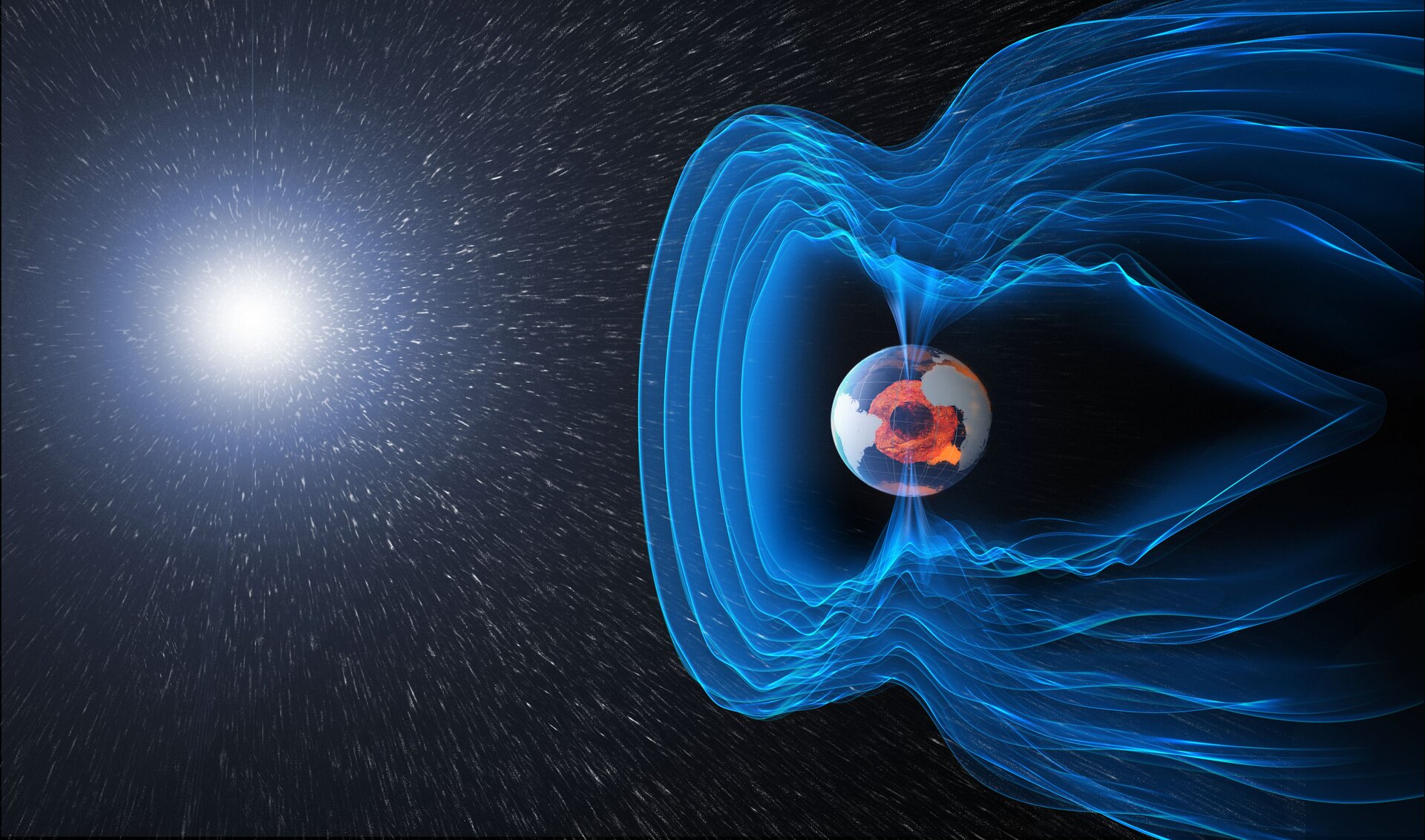Cosmic Radiation Exposure
Science & Technology SciencePosted by NewAdmin on 2025-02-25 09:02:44 |
Share: Facebook | Twitter | Whatsapp | Linkedin Visits: 13

Cosmic radiation exposure is a critical challenge for human spaceflight, especially for long-duration missions beyond Earth's protective atmosphere. Unlike on Earth, where the magnetosphere shields us from most harmful radiation, astronauts in space are subjected to high-energy particles from three primary sources: galactic cosmic rays (GCRs) from distant supernovae, solar particle events (SPEs) caused by intense solar activity, and trapped radiation in Earth's Van Allen Belts. These radiation sources can penetrate spacecraft shielding and human tissues, leading to serious health risks. Prolonged exposure increases the likelihood of DNA damage, raising the risk of cancer, neurological disorders, cardiovascular diseases, and immune system suppression. Some studies even suggest that cosmic radiation could accelerate cognitive decline, impairing astronauts' decision-making abilities during deep-space missions. To counter these dangers, scientists are developing various shielding technologies, such as water-based barriers, specialized spacecraft materials, and even artificial magnetic fields to deflect charged particles. Additionally, pharmaceutical countermeasures, such as antioxidants and DNA-repair drugs, are being researched to mitigate radiation-induced damage. With upcoming missions to Mars and beyond, understanding and reducing cosmic radiation exposure remains a top priority for ensuring astronaut safety in deep-space exploration.
Search
Categories
Recent News
- Hyderabad's Biryani Scam: When Food Delivery Meets Fraud
- RBI's UDGAM Portal: Hyderabad's Cyber Fraud Warning
- Hyderabad Gears Up for Presidential Visit: Traffic Advisory Issued
- Hyderabad Crypto Scam: Unraveling a Multi-State Fraud
- Cyber Scams Target Unsuspecting Citizens via RBI Portal
- Telangana's Tech-Driven Policing: Drones Take to the Skies
- RBI Governor Prioritises Digital Security: A Strategic Shift
- Hyderabad's Massive Anti-Drug Operation: 72 Foreigners Deported
Popular News
- Navigating IPO Market Dynamics Amid Volatility and Regulatory Changes
- Innovative Green Practices and Environmental Initiative
- Massive Worldwide Microsoft Outage Disrupts Multiple Sectors
- తెలుగుదేశం పార్టీ - పేదరికాన్ని నిర్మూలించడంలో వాగ్దానం
- Universities Embrace Remote Learning Technologies Amidst Ongoing Pandemic